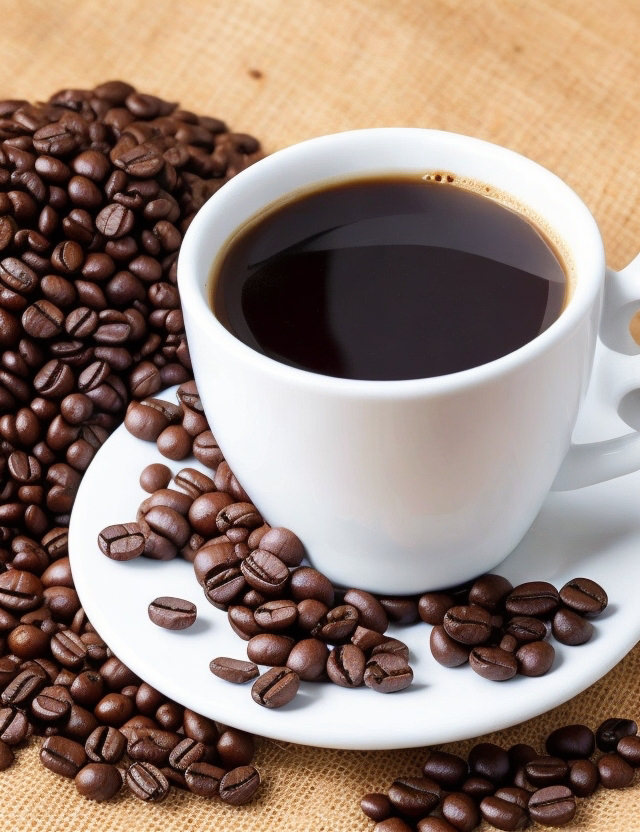Calling all coffee enthusiasts! Imagine treating your coffee beans like treasured dance partners in a grand ballroom of flavors. The steps you take in grinding and storing these little gems can set the stage for a brewing masterpiece or a dance floor mishap. So, put on your dancing shoes, and let’s waltz through some essential tips to make your cup of joe sing and twirl with delight. Ready to glide through the world of coffee magic?
Grinding:
Burr Grinder Over Blade Grinder: A burr grinder provides a more consistent grind size compared to a blade grinder. This consistency is crucial for extracting the flavors optimally from the coffee beans.
Grind Size: Adjust the grind size according to your brewing method. Many grinders have adjustments to get the grind you need for the brewing method of your choice:
- Coarse: French press, percolator, and cold brew.
- Medium: Drip machines and pour-overs.
- Fine: Espresso machines.
- Extra Fine: Turkish coffee.
Grind Right Before Brewing: Coffee starts losing its freshness once it’s ground. Ideally, you should grind just before you brew to ensure you’re getting the freshest flavor.
Storing:
Airtight Container: Store beans in an airtight container to protect them from oxygen, moisture, and light—all of which can degrade the quality of the beans.
Cool, Dark Place: Avoid storing beans in the fridge or freezer unless you’re storing them for an extended period. The fluctuating temperatures can cause moisture to form, which can harm the flavor. Instead, choose a cool, dark cabinet.
Buy Whole Beans: Purchase whole beans and grind them as needed. Pre-ground coffee loses its freshness much faster.
Consume Within a Month: While coffee beans don’t exactly “expire,” they are best consumed within a month of their roast date for optimal flavor.
Time from Grind to Brew:
Immediate Brewing: Ideally, you should brew your coffee immediately after grinding. The first 15-30 minutes after grinding is when coffee is at its peak freshness.
A Couple More Tips:
Water Quality: Use clean, filtered water. The quality of the water will affect the taste of your coffee.
Water Temperature: The optimal brewing temperature is between 195°F (90°C) and 205°F (96°C). Too hot or too cold water can lead to over-extraction or under-extraction, respectively.
Proper Ratios: Generally, a standard ratio is 2 tablespoons of coffee for every 6 ounces of water, but this can vary based on personal preference and the brewing method.
Freshness: When buying coffee, check the roast date. It’s better to purchase from roasters or stores that display this information.
Experiment: Tastes are subjective. Feel free to experiment with grind sizes, brewing times, and methods until you find what tastes best to you.
Cleaning: Regularly clean your coffee grinder and brewing equipment to avoid the buildup of old coffee grounds and oils which can affect the taste of your coffee.
By keeping these tips in mind, you can ensure that you’re getting the best possible flavor from your coffee beans.
Please note that if you purchase from clicking on the link, some will result in my getting a tiny bit of that sale to help keep this site going.


